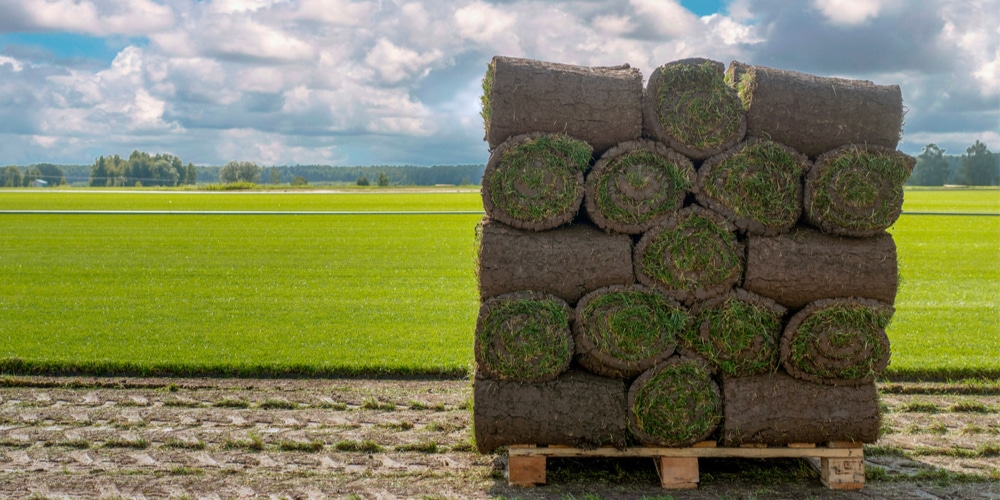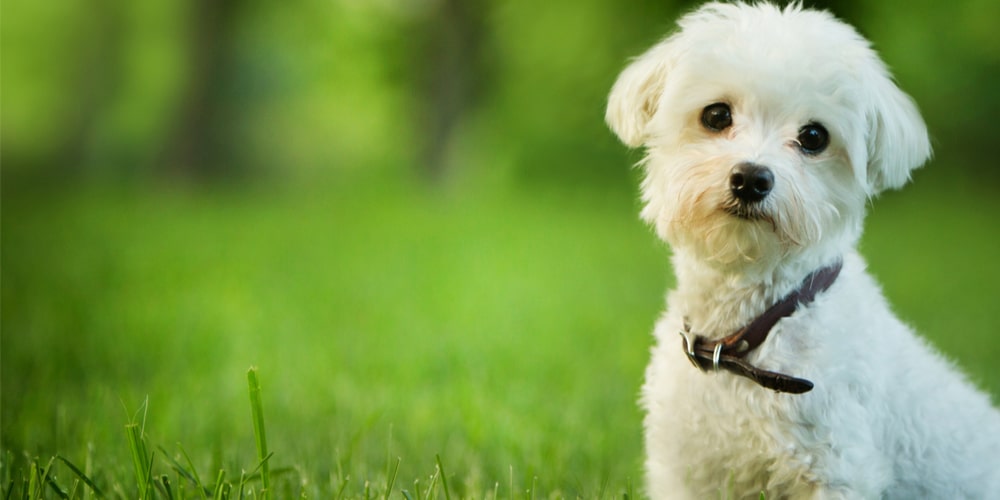There’s nothing quite disheartening as seeing your once-lush green lawn turn brown and lifeless. You first notice the color—a sickly brown, not the deep green of healthy grass. You might see patches, or your entire lawn may be affected. If you notice your sod turning brown, there are a few possible causes.
It could be a disease, such as rust or fusarium blight. Or it could be pests, such as grubs or Sod Webworms. Environmental stressors, such as heat, drought, or excessive moisture, can also cause browning.
What is Sod?
Before we delve into the possible causes of a browning lawn, let’s first review what sod is. Sod is the grass that is grown on specialized farms. It’s cut into sections, typically 2 to 4 feet wide, and rolled up for transport.
Once it’s delivered to your home, you unroll it and lay it down on your prepared soil. The roots quickly establish themselves, and the sod begins to grow.
How to Save Your Brown Sod
The first step in saving your browning sod is to determine the cause. You’ll need to treat the lawn accordingly if it’s a disease or pests. If it’s environmental stress, you’ll need to take steps to mitigate the stressors.
Once you’ve determined the cause, you can take steps to save your browning sod.
Disease
If a disease causes your browning sod, you’ll need to treat the lawn with a fungicide. Be sure to follow the instructions on the label carefully. You may need to apply the fungicide more than once to eliminate the disease.
Pests
If pests are causing your sod to turn brown, you’ll need to treat the lawn with an insecticide. Be careful about using too much insecticide, as it can harm pets and children.
Environmental Stress
If environmental stress is causing your sod to turn brown, you’ll need to take steps to mitigate the stressors.
Too Hot
You’ll need to provide shade if it’s too hot for your sod. You can do this by watering early morning or evening when the sun isn’t as intense.
Too Dry
If your sod is turning brown because it’s too dry, you’ll need to water it more. Be careful not to overwater, as this can also cause browning. Try to water deeply and less often.
Too Wet
If your sod is too wet, you’ll need to take steps to improve drainage. You can do this by aerating the lawn or installing a drainage system.
Pets
Pets can also be a contributor to why your sod is turning brown. If you have pets, ensure they’re not urinating on the sod. Urine contains nitrogen, which can burn the grass and turn it brown. Be sure to water the urinated spot immediately.
How to Prevent Browing of Sod
The best way to prevent your sod from turning brown is to take steps to keep it healthy. This includes:
Mow at the Proper Height
Mowing your lawn at the proper height is important for preventing browning. If you cut your grass too short, it will be stressed and more susceptible to disease and pests. The ideal height is 3 to 4 inches.
Water Appropriately
The traditional way of watering sod is to water it deeply and less often. This method works well when the temperature is more relaxed, but the roots grow deeper in search of moisture during hot weather, making it difficult for the water to reach them. As a result, the grass blades turn brown and curl up.
A better way to water sod during hot weather is to water it more frequently but for shorter periods. Doing this allows the roots to stay close to the surface, where they can easily access moisture.
Fertilize Regularly
Fertilizer provides the grass with the nutrients it needs to stay green and healthy. Apply fertilizer to your lawn early in the spring and then again in the fall. You can also use a slow-release fertilizer, which will provide a steady supply of nutrients to the grass over a more extended period.
Aerate Regularly
Regular aeration is one of the most important cultural practices you can do to maintain a healthy lawn. Aeration reduces compaction, increases air and water infiltration, and helps improve rooting. It also helps reduce thatch accumulation. If you have a lot of traffic on your lawn, you should aerate more frequently. A rule of thumb is to aerate once per season per 1,000 square feet of lawn.
Sod Turning Brown: Final Thoughts
If your sod is turning brown, there are a few possible causes. It could be a disease, such as rust or fusarium blight. Or it could be pests, such as grubs or Sod Webworms.
Environmental stressors, such as heat, drought, or excessive moisture, can also cause browning. The best way to prevent browning is to take steps to keep your sod healthy. This includes mowing at the proper height, watering appropriately, fertilizing regularly, and aerating regularly.
Related Article: How Often to Water New Sod?

